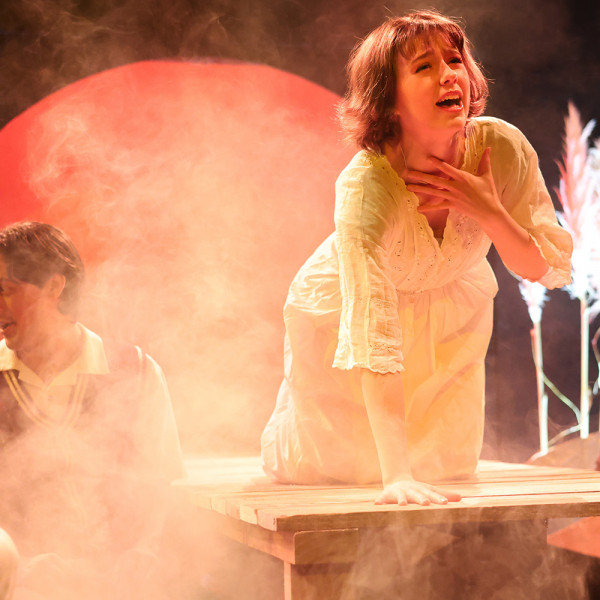
Jupiter
Presented by: New Zealand Symphony Orchestra
Conducted by: Gemma New
Michael Fowler Centre, 19th Sep 2024
Reviewed by: Tamsin Evans
Aaron Copland is the ‘Dean of American Music’ who established a distinctly American style. His Appalachian Spring Suite, written for a ballet and often played alone as an orchestral work, is one of his most recognisable pieces. It tells a simple story of ordinary people in 19th century rural Pennsylvania. The music has a clarity and calmness that reflects the lives and values of Appalachian society. A solo clarinet always sounds pastoral and the audience was transported immediately to a rural setting. The sequence of images continued to be clear, thanks to a stellar performance by the orchestra under the baton of principal conductor Gemma New.
Pianist Stephen De Pledge was gifted Lyell Cresswell’s Piano Concerto No. 3 upon the composer’s death in 2022. De Pledge described it as “swathes of contrasting colour like a painting by Howard Hodgkin”. The pianist brought every note to life, carefully crafting and presenting it like a Hodgkin abstract. It was an unmistakably modern piece but, at the same time, one with a familiar tone. De Pledge led us through the music – complex and multi-layered, sometimes noisy and perplexing – and we could see him clearly putting his heart and soul into the performance.
Undaunted by the switch from a 21st century abstract representation to Mozart’s Symphony No. 41 in C major, New was obviously enjoying herself. Perfectly weighted, positioned, and balanced accents in the opening bars of the second movement were followed by a most delicate but lively third movement, and the delayed phrasing in the fourth felt like we were always on the brink of ending the evening only to be lifted up again by the next phrase. A highly skilled orchestra, in tune with a talented conductor, brilliantly interpreting a mature Mozart symphony combined to an impeccable performance. Our creative capital has plenty in the tank. It’s our job to get out there and enjoy it!






















